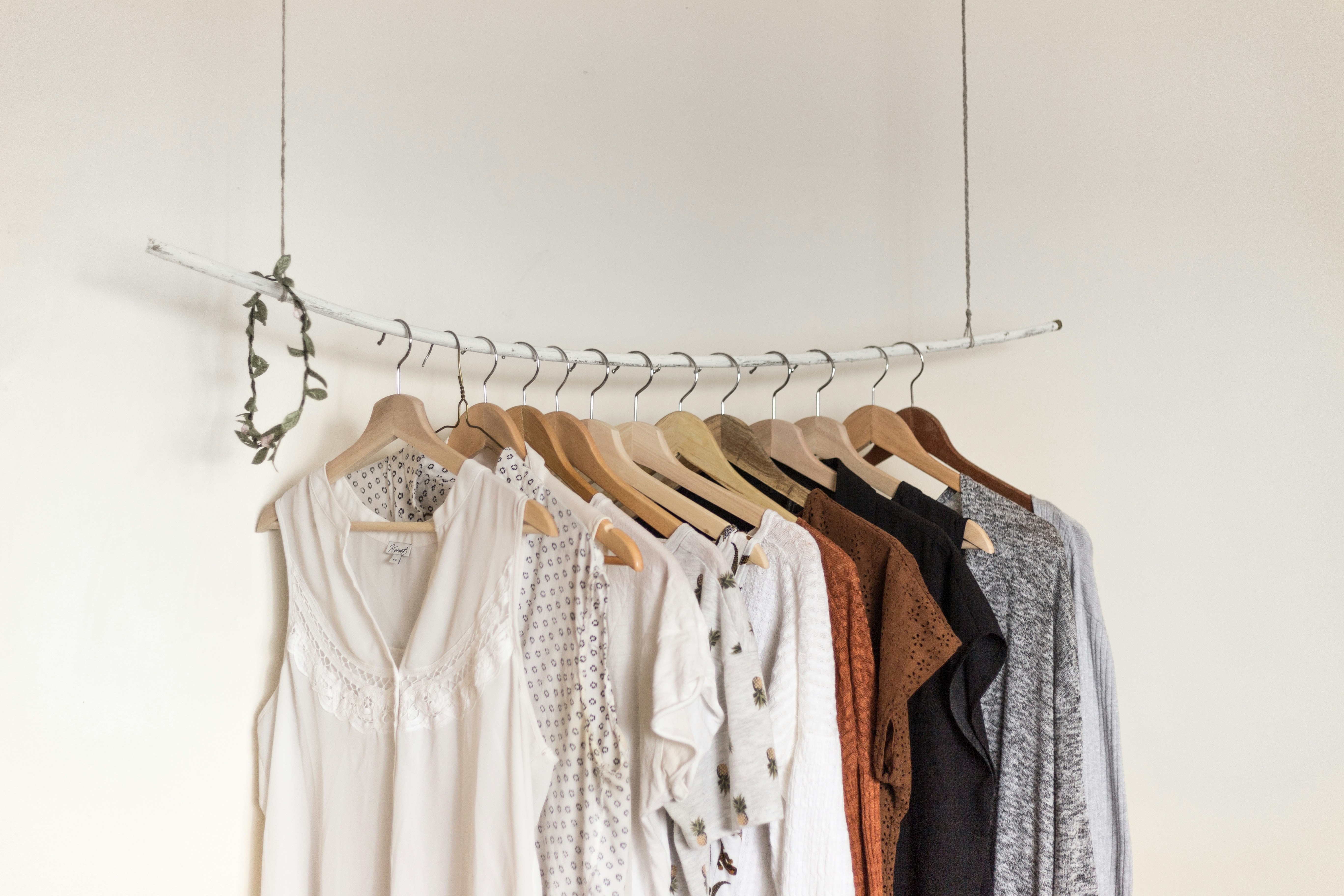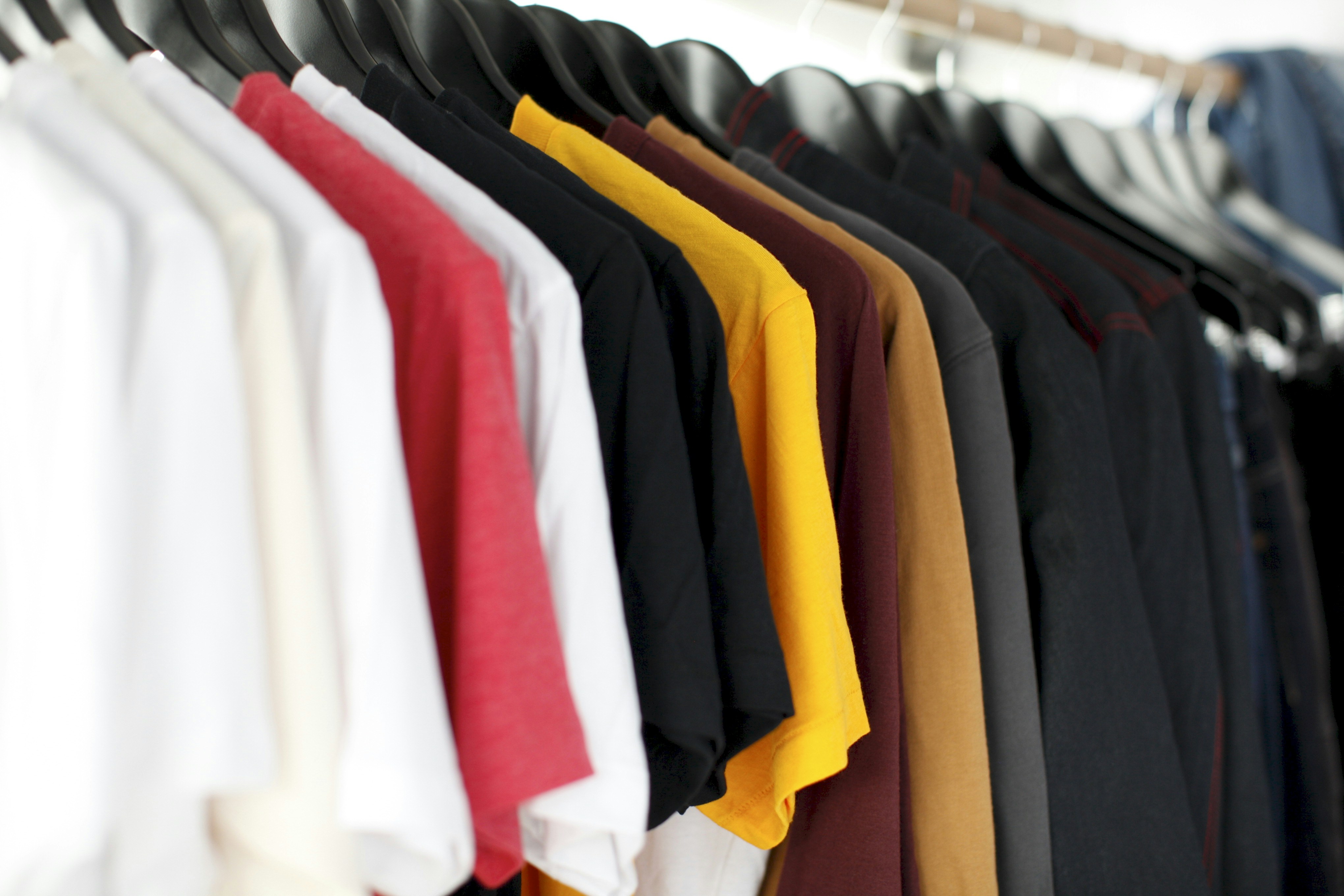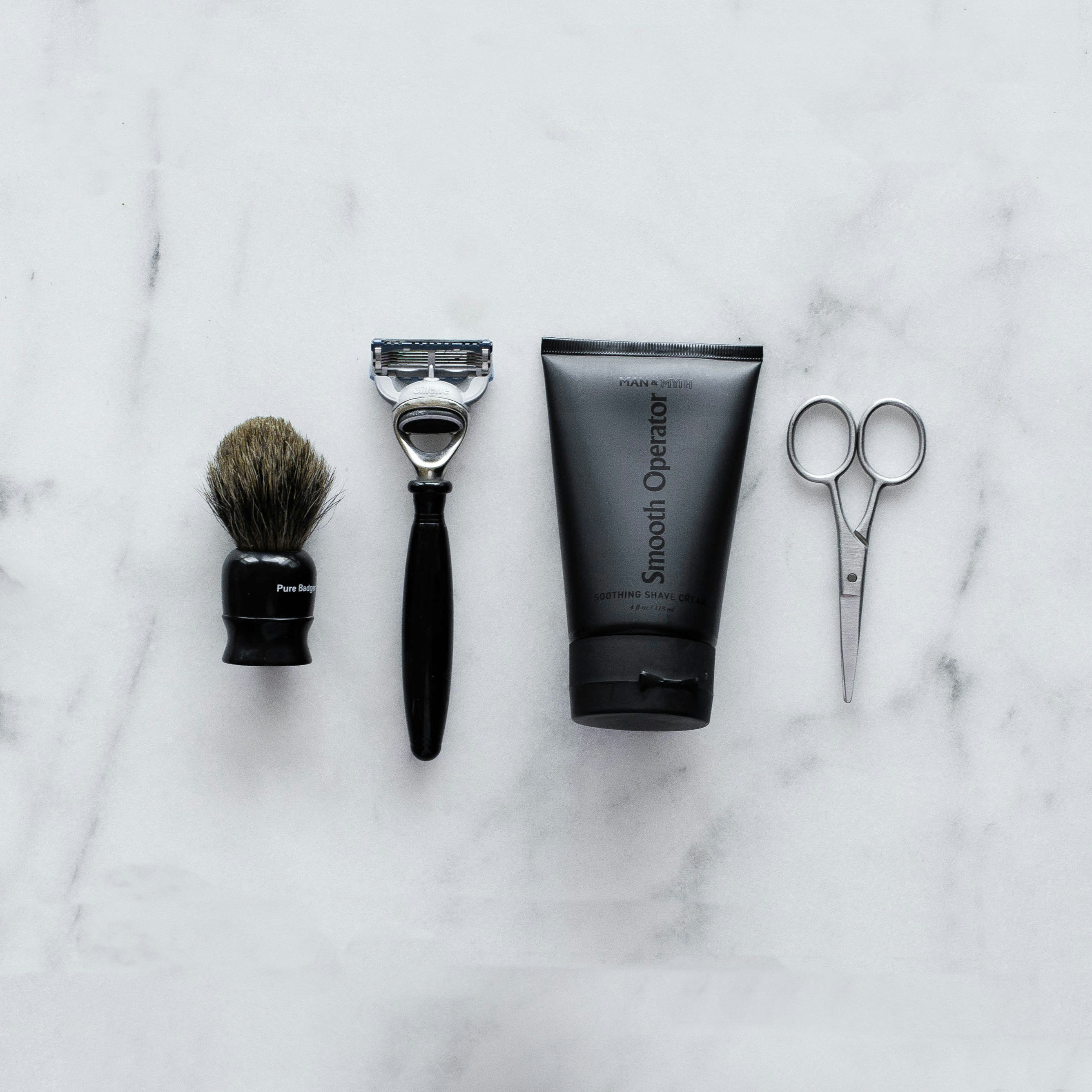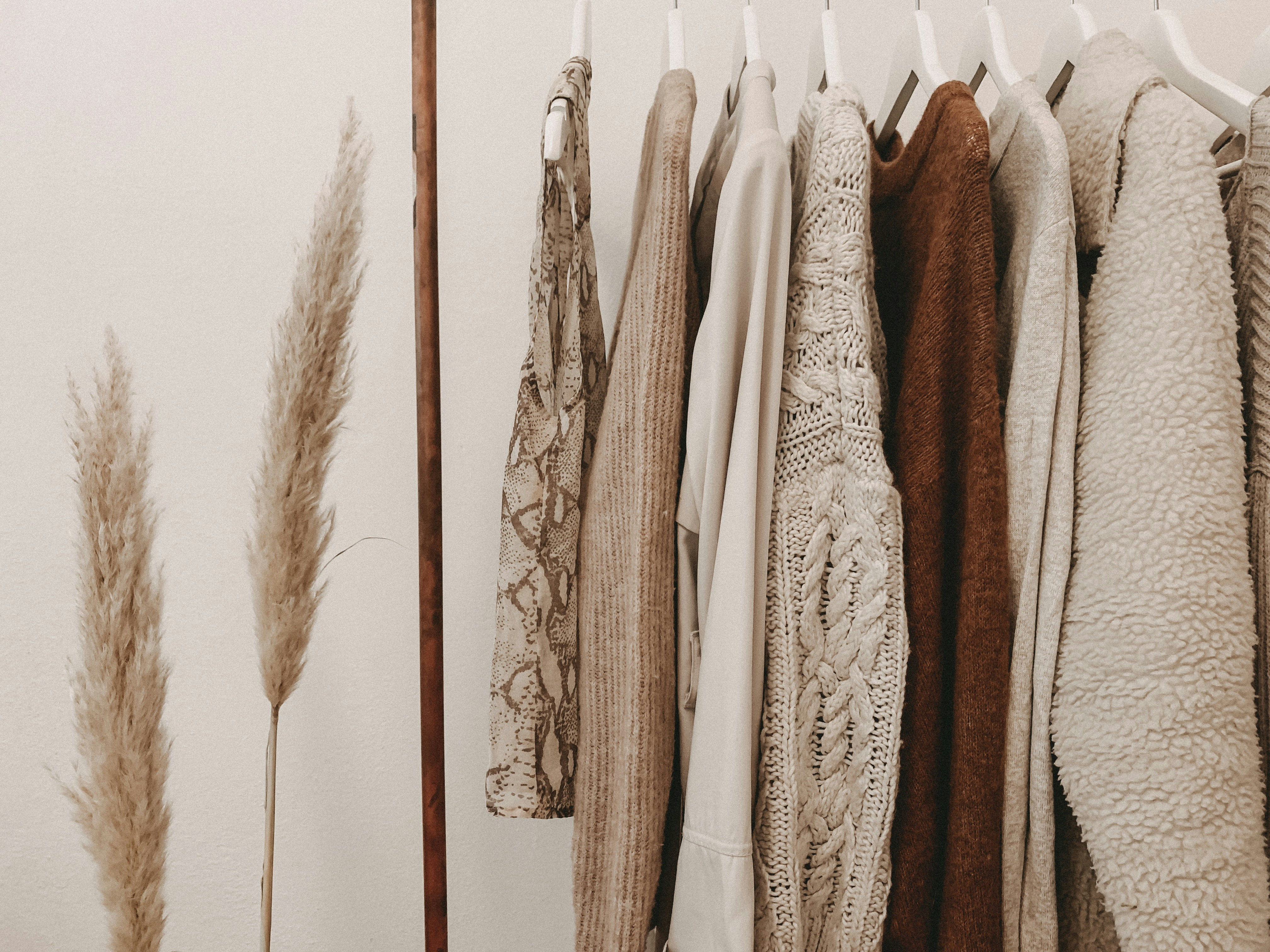
Introduction
The fashion landscape of 2023 represents a fascinating evolution of post-pandemic style—balancing comfort with expression, sustainability with innovation, and nostalgia with futurism. As global runways, street style, and digital fashion spaces converge, we're witnessing the emergence of distinct trends that reflect our collective desire for both practical versatility and bold self-expression after years of disruption.
This comprehensive guide explores the most significant fashion trends defining 2023, from the revival of Y2K aesthetics to the rise of "quiet luxury," sustainable practices, and gender-fluid designs. Whether you're looking to refresh your wardrobe with key seasonal pieces or gain deeper insight into the cultural forces shaping contemporary style, this analysis offers an essential roadmap to navigating fashion's exciting new directions.
The Post-Pandemic Fashion Landscape
The fashion industry continues its transformation following the global pandemic, with 2023 marking a pivotal moment in how consumers approach style, shopping, and self-expression. Several key factors are influencing this year's trend landscape:
Economic considerations are significantly impacting fashion choices, with inflation and economic uncertainty driving consumers toward more thoughtful purchasing decisions. This has accelerated interest in investment pieces, versatile staples, and durable goods that offer longevity beyond seasonal trends. According to McKinsey's State of Fashion 2023 report, 65% of consumers now prioritize durability when making fashion purchases—a 10% increase from pre-pandemic levels.
Sustainability awareness continues to grow, with increased consumer demand for transparent production practices, ethical sourcing, and environmentally responsible materials. This shift is reflected in the rise of circular fashion models, including rental services, resale platforms, and upcycled designs that have moved from niche to mainstream.
Digital influence remains paramount, with social media platforms—particularly TikTok and Instagram—accelerating trend cycles and democratizing fashion discovery. Micro-trends can now emerge and peak within weeks rather than seasons, creating a more fragmented and personalized approach to style adoption.
Against this backdrop, 2023's fashion trends reflect a complex interplay between practical needs, emotional desires, and cultural values—offering diverse options for expressing identity in an increasingly uncertain world.
Y2K Revival: Millennium Nostalgia Returns
The Y2K aesthetic—characterized by the distinctive styles of the late 1990s and early 2000s—continues its strong resurgence in 2023, evolving from a niche Gen Z interest to a mainstream fashion influence. This nostalgic revival draws from an era defined by technological optimism, pop culture maximalism, and playful experimentation.
Key Y2K elements dominating 2023 include:
- Low-rise silhouettes have made a definitive comeback, with low-slung jeans, skirts, and pants appearing across designer collections from Miu Miu to Diesel. While not as extreme as their early 2000s predecessors, these updated versions offer a more wearable approach to the trend.
- Metallic and iridescent fabrics that capture the futuristic aesthetic of the millennium, appearing in everything from evening wear to accessories and even daytime separates.
- Logomania returns with visible branding and monograms, though 2023's interpretation tends toward vintage-inspired logos and more subtle placement than the all-over prints of the original era.
- Platform shoes, particularly chunky loafers and exaggerated sneakers, reference Y2K's distinctive footwear while offering practical comfort.
Notably, designers and consumers are approaching this revival with a curatorial eye, selecting specific Y2K elements rather than recreating complete looks. This selective nostalgia allows for personal interpretation while acknowledging contemporary sensibilities around body diversity and gender expression that have evolved significantly since the original trend cycle.
Celebrity influence plays a significant role in this revival, with figures like Bella Hadid, Dua Lipa, and Olivia Rodrigo championing Y2K aesthetics and introducing them to new audiences. Vintage pieces from brands that defined the era—including Versace, Dior, and Jean Paul Gaultier—have seen dramatic increases in resale value as collectors and fashion enthusiasts seek authentic artifacts from the period.
Quiet Luxury: The Rise of Stealth Wealth
In direct contrast to Y2K exuberance, 2023 has also witnessed the ascendance of "quiet luxury"—a sophisticated approach to high-end fashion that emphasizes exceptional quality, minimalist design, and subtle signifiers of craftsmanship rather than obvious branding or trend-driven styles.
This aesthetic, sometimes called "stealth wealth" or "old money style," prioritizes:
- Impeccable tailoring in timeless silhouettes, with particular emphasis on precision-cut outerwear, trousers, and knitwear
- Neutral color palettes dominated by camel, navy, cream, and gray—colors that signal refinement while offering maximum versatility
- Premium natural materials including cashmere, silk, fine wool, and leather, selected for their quality and longevity rather than seasonal appeal
- Architectural accessories with clean lines and minimal hardware, designed to complement rather than dominate an ensemble
The popularity of quiet luxury reflects several concurrent social factors: economic uncertainty driving investment in timeless pieces; sustainability concerns favoring durable goods over disposable fashion; and a cultural shift away from conspicuous consumption toward more understated expressions of taste and discernment.
Brands exemplifying this approach in 2023 include The Row, Loro Piana, Brunello Cucinelli, and Hermès—labels known for exceptional craftsmanship rather than trend-chasing. The influence of HBO's "Succession" and its portrayal of ultra-wealthy characters in deliberately understated attire has further popularized this aesthetic, demonstrating how contemporary media shapes fashion aspirations.
Importantly, quiet luxury represents more than just a visual style—it embodies a philosophy of consumption that values fewer, better things and a sophisticated understanding of quality that transcends seasonal trends. This approach aligns with growing interest in capsule wardrobes and more mindful consumption patterns that prioritize longevity over novelty.
Sustainable Innovation: Eco-Conscious Fashion Evolves
Sustainability has transcended trend status to become a fundamental consideration in fashion, with 2023 marking significant evolution in how eco-conscious approaches are integrated into mainstream style. Rather than existing as a separate category, sustainable practices now influence every aspect of fashion from materials to business models.
Key developments in sustainable fashion for 2023 include:
- Next-generation materials moving from experimental to commercial scale, including mushroom leather (mycelium), algae-based fabrics, and agricultural waste composites. Brands including Stella McCartney, Ganni, and Reformation have incorporated these innovations into their mainline collections.
- Circular design principles gaining prominence, with garments created specifically for eventual recycling or biodegradation. This "cradle-to-cradle" approach considers the entire lifecycle of a product, including what happens after consumer use.
- Rental and resale platforms becoming integrated with traditional retail, as established brands launch their own secondhand services or partner with platforms like TheRealReal, Vestiaire Collective, and Rent the Runway.
- Transparency tools that allow consumers to trace a garment's journey from raw material to finished product, with QR codes and blockchain technology providing unprecedented supply chain visibility.
The aesthetic expression of sustainability has also evolved beyond the earthy, neutral palette previously associated with eco-fashion. Today's sustainable designs span minimalist luxury, avant-garde experimentation, and vibrant streetwear—demonstrating that environmental responsibility need not limit creative expression.
Consumer education continues to advance, with increased awareness of greenwashing and more sophisticated understanding of what constitutes meaningful sustainability. This knowledge is driving demand for verifiable practices rather than symbolic gestures, pushing brands toward substantive change rather than superficial marketing claims.
Incorporating 2023 Trends: A Practical Guide
Navigating 2023's diverse trend landscape requires thoughtful curation rather than wholesale adoption. This section provides practical strategies for incorporating current trends in ways that complement your existing wardrobe, personal style, and lifestyle needs.
- Assess your current wardrobe before adding trend pieces:
- Conduct a thorough inventory to identify gaps and avoid redundant purchases
- Consider which trends align with your existing aesthetic rather than representing a complete departure
- Evaluate your lifestyle needs—trend pieces should integrate with your daily activities
- Prioritize versatility when selecting trend items:
- Choose pieces that can be styled multiple ways and paired with wardrobe staples
- Consider seasonality and whether the item will transition effectively between weather conditions
- Look for trend pieces in classic colors if you're concerned about longevity
- Balance investment and experimentation:
- Allocate more budget to trends that align with your long-term style direction
- Consider more affordable options for highly specific or statement trends
- Explore vintage and secondhand sources for authentic versions of revival trends
- Start with accessories for low-commitment trend adoption:
- Sculptural jewelry, statement bags, or distinctive footwear can update existing outfits
- Accessories typically require less investment while making significant style impact
- They're easier to integrate across multiple outfits than statement clothing pieces
Remember that trends should serve your personal style rather than dictate it. The most sophisticated approach to contemporary fashion involves thoughtful curation—selecting elements that resonate with your aesthetic sensibilities while disregarding those that don't, regardless of their current popularity.
Looking Ahead: Emerging Directions for Late 2023 and Beyond
As we move through 2023, several emerging trends are gaining momentum that will likely shape fashion's direction in the coming seasons. These developing movements offer insight into the industry's trajectory and the cultural forces influencing style evolution.
Digital fashion integration continues to advance beyond novelty into practical applications:
- Virtual try-on technology is becoming sophisticated enough to meaningfully impact purchasing decisions
- Digital-only garments and NFT fashion items are finding more defined use cases in gaming and social media
- The boundary between physical and digital design is blurring, with digital prototyping reducing waste in physical production
Gender-fluid design is moving from niche to mainstream, with significant implications for retail:
- Major retailers are reconsidering traditional gender divisions in store layouts and merchandising
- Sizing systems are evolving to accommodate diverse body types regardless of gender identity
- Traditionally gendered elements like skirts, pearls, and structured tailoring are being recontextualized across gender expressions
Craft revival continues to gain momentum as appreciation for artisanal techniques grows:
- Handcrafted elements including crochet, quilting, and hand-embroidery are appearing across market segments
- Traditional craft techniques from diverse cultures are being celebrated and preserved through contemporary applications
- The narrative value of handmade elements is increasingly recognized as adding emotional durability to garments
Adaptive fashion is receiving long-overdue attention from mainstream designers:
- Innovative closures, adjustable features, and sensory-friendly fabrics are being incorporated into stylish designs
- Major brands are launching dedicated adaptive lines or incorporating inclusive design principles into main collections
- The market recognition of the 1.3 billion people globally living with disabilities represents both ethical progress and business opportunity
These emerging directions suggest fashion's continued evolution toward greater inclusivity, sustainability, and technological integration—while simultaneously honoring craftsmanship and individual expression. The most forward-thinking brands and consumers will likely embrace this complexity rather than seeking simplistic trend narratives.
Conclusion
The fashion trends of 2023 reflect our complex cultural moment—balancing digital acceleration with craft appreciation, sustainability imperatives with creative expression, and comfort requirements with renewed desire for distinctive style. Rather than following a single dominant aesthetic, this year offers diverse directions that can be curated according to personal values and individual taste.
What unites these varied trends is a growing emphasis on intentionality. Whether embracing Y2K nostalgia, quiet luxury, sustainable innovation, or gender-fluid expression, today's most compelling style statements reflect thoughtful choices rather than passive consumption. This shift toward more conscious engagement with fashion represents perhaps the most significant trend of all—one that transcends seasonal cycles to reshape our fundamental relationship with clothing and self-expression.
As we navigate 2023's fashion landscape, the most successful approach involves selective adoption rather than wholesale trend-following. By thoughtfully incorporating elements that resonate with your personal aesthetic while aligning with your values and lifestyle needs, you can develop a wardrobe that feels both contemporary and authentic—the ultimate goal in a fashion era that increasingly celebrates individuality over conformity.
Frequently Asked Questions
How can I incorporate 2023 trends without completely overhauling my wardrobe?
Focus on selective integration rather than complete transformation. Choose 1-2 trend elements that complement your existing style and incorporate them through strategic additions. Accessories offer a low-commitment way to reference current trends—a chunky loafer, a structured bag, or statement jewelry can update your look without requiring a complete wardrobe refresh. Alternatively, select versatile pieces that reference trends while maintaining compatibility with your current wardrobe, such as a well-cut oversized blazer or a pair of wide-leg trousers in a neutral color.
Which 2023 trends have the most staying power?
Trends with functional benefits tend to have greater longevity than purely aesthetic movements. The quiet luxury trend, with its emphasis on quality materials and timeless design, has significant staying power as it aligns with sustainable consumption and investment dressing. Similarly, gender-fluid approaches to fashion represent a fundamental shift in how we think about clothing rather than a passing trend. Sustainable innovations are also here to stay, though specific expressions may evolve. Conversely, some Y2K revival elements may have shorter lifespans, particularly the more extreme versions of trends like low-rise silhouettes or logomania.
How are social media platforms influencing 2023 fashion trends?
Social media—particularly TikTok and Instagram—has dramatically accelerated trend cycles and democratized trend creation. Platforms now function as both discovery mechanisms and validation systems for emerging styles. Micro-communities form around specific aesthetics (like 'coastal grandmother' or 'weird girl style'), allowing trends to develop outside traditional fashion authorities. Algorithm-driven content delivery creates personalized trend ecosystems, meaning consumers may experience entirely different trend landscapes depending on their digital engagement. This fragmentation has positive implications for personal style development but challenges the concept of universal seasonal trends that once defined the fashion calendar.
Are sustainable fashion options becoming more affordable in 2023?
The accessibility of sustainable fashion is gradually improving through several parallel developments. Economies of scale are reducing costs for some eco-friendly materials as adoption increases. The normalization of secondhand shopping provides affordable access to quality items through resale platforms. Rental services offer temporary access to trend pieces without full purchase commitment. Additionally, more brands are adopting transparent pricing models that help consumers understand the value proposition of sustainable options. While truly sustainable fashion often remains more expensive than fast fashion alternatives, the price gap is narrowing in certain categories, and the cost-per-wear calculation increasingly favors durable, ethical options.
Malik Mohsin Saleem Khan
Founder
Author bio information


